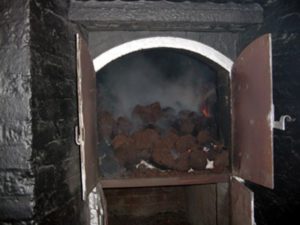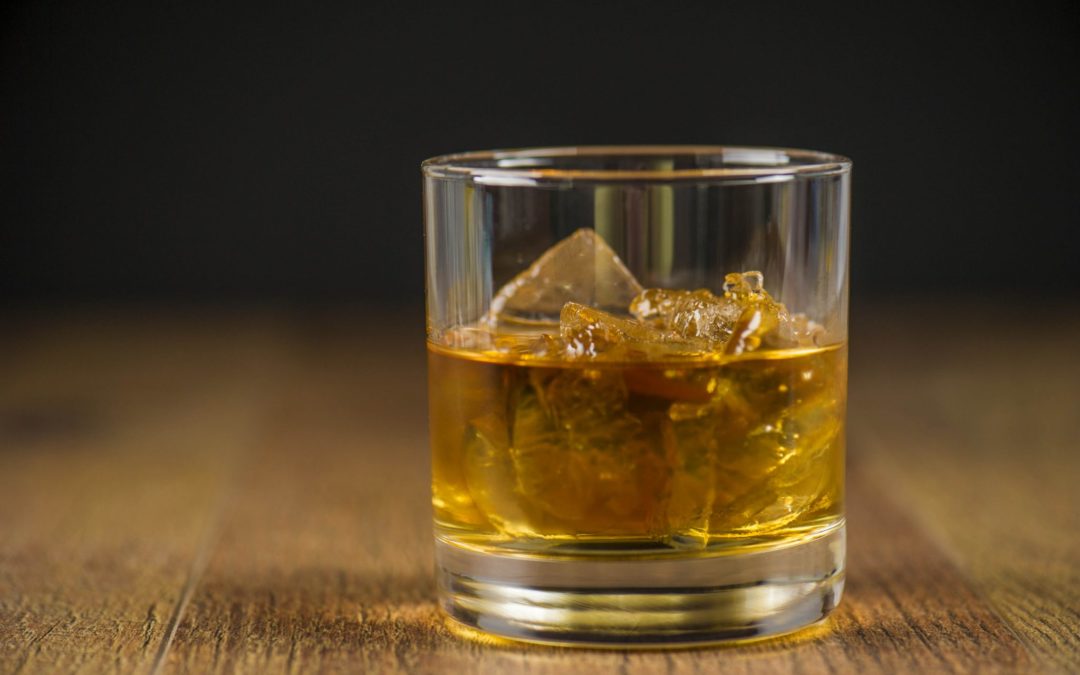By Bob Lipinski
Scotch whisky is a distinctive product of Scotland, made in compliance with the 1909 laws of Great Britain and the Scotch Whisky Act of 2009. The whisky can legally be called Scotch if it is distilled and matured in Scotland and made from water and malted barley (other whole grains may be added) and fermented by adding yeast.
Scotch whisky Regions
There are five classic regions in Scotland. They are the Highlands (which includes the isles of Arran, Mull, Jura, Orkney, and Skye), Lowlands, Speyside, Islay, and Campbeltown. The Highlands are further defined into Central Highlands, Eastern Highlands, Northern Highlands, and Western Highlands.
Aging of Scotch
All Scotch whisky must be produced in Scotland, distilled twice (or more), and aged for at least three years in oak barrels.
Age statement
When there is an age stated on the label of a Scotch whisky (12-, 15-, 21-Year-Old), it identifies the youngest whisky in the blend.
Blended Scotch whisky
A blend of single malt whiskies with grain whiskies. There are no fixed percentages of each, and a distiller can use as little as 1 percent malt whisky in a “Blended Scotch Whisky.” The general proportions are from about 30 to 70 percent grain whisky, with the remainder being malt whisky. Blended Scotch whisky constitutes over 90 percent of the whisky produced in Scotland.
Single malt Scotch whisky
A Scotch whisky distilled in one or more batches in pot stills, at a single distillery from only water and malted barley without adding other grains. These whiskies are then blended: barrel-to-barrel, to create a consistent signature flavor profile that represents the distillery’s style.
Unique smoky bouquet and flavor
Scotch’s unique flavor and character come from the water used in its production and the type and amount of malt whisky used. Its distinctive smoky taste generally comes from the “peat fires” over which the barley is dried.

Peat Smoking
Finishing Woods
After traditional aging of Scotch whisky in oak barrels, some distillers continue aging their whisky in other barrels that formerly were used to age Calvados, Cognac, Rum, Rye, Amarone della Valpolicella, Bordeaux, Burgundy, Madeira, Marsala, Port, Sauternes or Sherry wine. These barrels, called “finishing woods,” add subtle aroma and flavor enhancements to the spirit. It is common for Scotch to be aged in several types of finishing woods, which adds to the aroma and taste profile of the whisky.
Label terminology
Glen: A Valley (Glenlivet, Glenfarclas, Glen Garioch, and so forth)
Livet: The name of a river.
Spey: The name of a river as in Speyside.
Loch: a lake as in the place where the Loch Ness Monster supposedly lives.
The taste of blended Scotch whisky
It has flavors of black pepper, caramel, dried fruit, heather honey, nuts, pears, and toffee, with hints of spices, herbs, wood, and smoke.
“Set up another case bartender! The best thing for a case of nerves is a case of Scotch.” (W.C. Fields, 1880-1946, American Comic and Actor)
Bob Lipinski is the author of 10 books, including “101: Everything You Need To Know About Whiskey” and “Italian Wine & Cheese Made Simple” (available on Amazon.com). He consults and conducts training seminars on Wine, Spirits, and Food and is available for speaking engagements. He can be reached at www.boblipinski.com OR bkjm@hotmail.com.


 Bob Lipinski, author of 10 books; writes, consults, and conducts training seminars on Wine, Spirits, and Food and is available for speaking engagements.
Bob Lipinski, author of 10 books; writes, consults, and conducts training seminars on Wine, Spirits, and Food and is available for speaking engagements.
Recent Comments